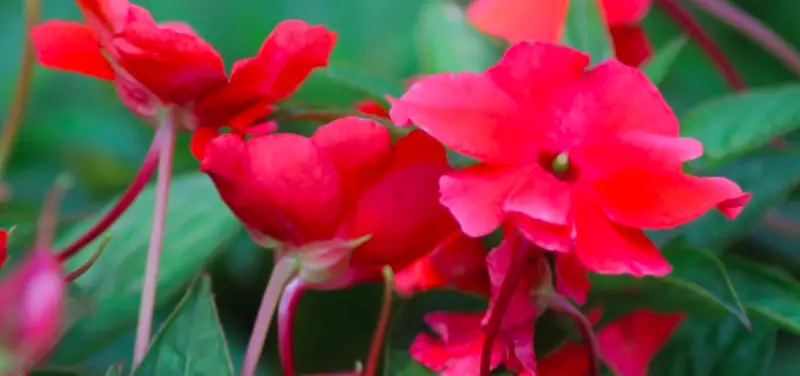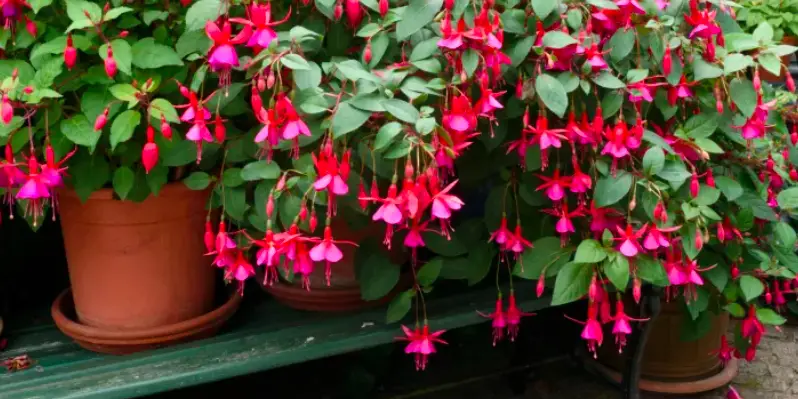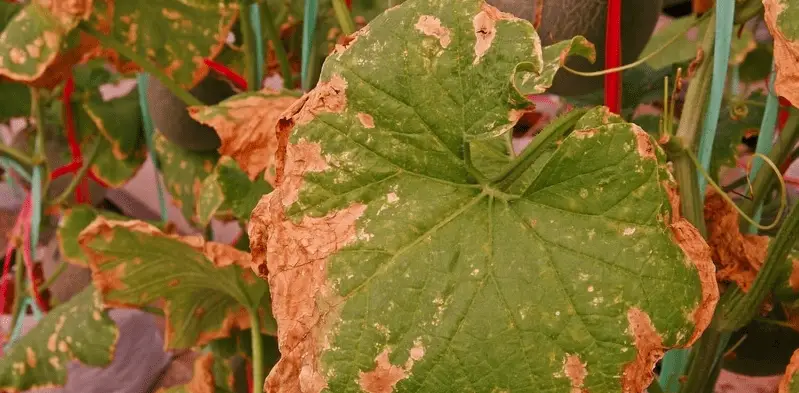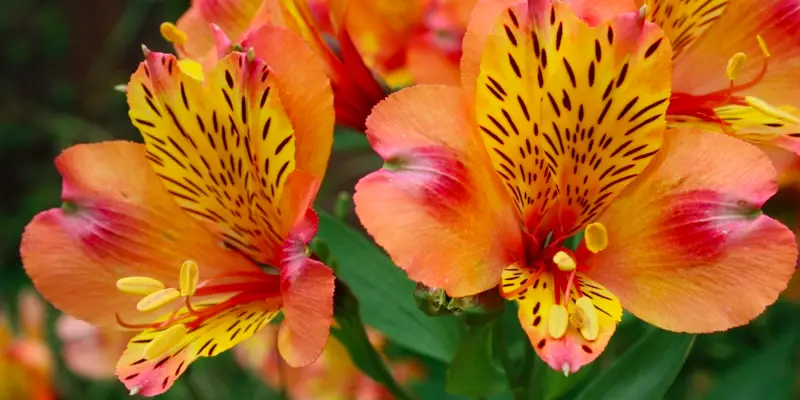The parlor palm is a very popular indoor plant. It is easy to maintain and thrives in most conditions. However, if your palm starts turning white, there may be a few problems going on! In this blog post, we will discuss why this is happening and what you can do to prevent it.
Why Is My Parlor Palm Turning White?
Parlor palm leaves turn white when powdery mildew takes control. This is a fungal disease that can commonly infect indoor plants.
It is not known why parlor palms are so susceptible to powdery mildew, but the fungus can be identified by white spots on leaves. These usually start out small and can spread quickly if left untreated.
It usually happens because plants are growing in humid or wet conditions. When plants have too much moisture, fungi can grow and cause problems.
How to Save Parlor Palm Leaves From Powdery Mildew?
If you think your palm is suffering from this disease, it’s important to act fast! Start by removing the leaves that are heavily affected and have died.
Next, give your palm a good shower with water to rinse away any lingering fungi. The final step is to use neem oil, which is a natural pesticide that will not harm your plant in any way.
Neem oil is a perfect solution because it prevents fungi from growing in the first place, so you won’t have to deal with this problem again! This combination of treatments should save your parlor palm and prevent future powdery mildew outbreaks.
It’s important to spray other nearby plants that may have been infected by your white parlor palm. Simply spray the leaves until they are completely wet, being sure not to damage your plants.
To prevent this from happening again to your parlor palm, make sure you do not overwater it! Parlor palms need well-draining soil so the roots don’t sit in excess water for long periods of time.
FAQ
Powdery mildew is a difficult issue to deal with. As a result, I’ve included some frequently asked questions below to assist you in better comprehending this issue and being prepared if it arises.
What is powdery mildew?
Powdery mildew is a type of fungus that can attack a wide range of houseplants. It tends to form on the leaves, turning them white and making it difficult for plants to photosynthesize.
Is neem oil safe to use on parlor palm leaves?
Yes, neem oil is a natural pesticide that can be used on parlor palm leaves. This is the safest way to treat powdery mildew and also prevents future outbreaks from occurring.
What do I mix the neem oil with?
It is best to use neem oil mixed with water. Fill up a spray bottle and give your parlor palm leaves a good once over, making sure every inch has been sprayed.
Is the powdery mildew on my parlor palm dangerous?
No, powdery mildew is not dangerous to humans or animals. However, make sure not to ingest it or get it in your eyes. Other than that, you have nothing to worry about!
How do I prevent future outbreaks?
The best way to avoid further powdery mildew issues is by making sure your parlor palm isn’t growing in excess water. Be sure to give it well-draining soil and avoid overwatering!
How do I prevent powdery mildew on my other plants?
The key is to make sure your other houseplants are not growing in similar conditions as your parlor palm. This means you should take care of their watering needs individually because some plants need more water than others.
Is the powdery mildew going to kill my parlor palm?
No, it is highly unlikely that your white palm leaves will result in a dead tree. Powdery mildew can cause serious problems but they are not always fatal! If you follow these steps and treat your plant with neem oil, you should see an improvement within a couple of weeks.
Conclusion
In conclusion, powdery mildew can be a difficult issue to deal with. However, if you act quickly and treat your parlor palm leaves immediately, the chances of saving it are high!
Tim is an avid gardener from the UK. He was the founder of PlantCarer.com from 2021 to Sep 2023. He sold PlantCarer.com to Aaron. He has since started his own business called Seed To Supper, which provides new gardeners all the materials you need in a box (pots, seeds, compost and instructions) to grow your own delicious and nutritious vegetables and herbs from start to finish – no garden required.









0 Comments